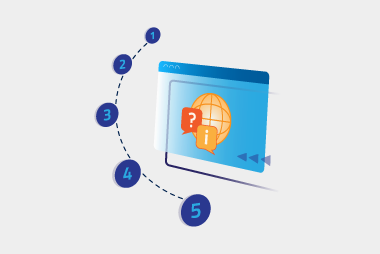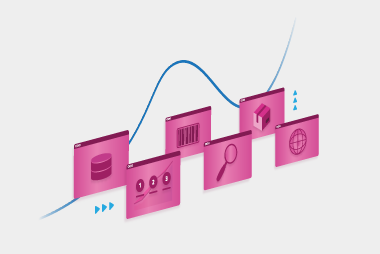There are some questions that seem to come up in most calls. Have a look below to find out the answers to the most frequent EDI questions we receive.
1. What types of EDI solutions are available for me?
There are two main types of EDI that are available:
Integrated EDI (EDI Gateway)
An integrated solution allows you to exchange EDI messages directly from your software. When an order is sent to you, it’ll go to your VAN (value added network) then straight into your software. There’s no need to re-key it or anything. Then when you create the order confirmation, despatch advice or invoice, it will go directly from your software to your VAN and onto your customer. This option has the least impact on your current process and requires minimal manual processing.
Web portal/EDI Webforms
The simplest solution for EDI compliance is a webform solution. This allows you to logon to a web portal to view purchase orders and respond by sending back the required information such as purchase order responses, advance shipping notices and invoices. The information input into the web portal is sent directly to your customers’ software.
2. How much does EDI cost?
The cost will depend on the product you go with:
EDI Gateway
The price to setup an EDI Gateway is determined on a few factors, including how many customers you trade with, your customers’ testing requirements, the complexity of your setup and more. After implementation, our pricing is based on your data consumption (file size) so you only pay for what you use.
EDI Webforms
There’s no setup fee to use our EDI Webforms (which we sometimes call FormXchange). You can get started from just $99 a month, which allows you to exchange as many messages as you like with one of your customers. Plus you can add an additional trading partner for just $49 a month.
3. How long does it take to implement EDI?
The implementation time varies with every solution.
EDI Gateway
The implementation time varies depending on your requirements, complexities, the amount of testing you require, the amount of testing your trading partners require, your availability and more. It can take anywhere from a day or two, through to a month or more to get started.
EDI Webforms
For EDI Webforms, you simply register on the platform and you’re good to go. Some retailers require you to go through a testing and accreditation process, but our team are here to help you through that.
4. What does my customer mean by ‘accreditation testing’?
Accreditation requires you to test your EDI messages before they’re sent to your retailers’ production systems. This just makes it more likely that you won’t have issues when you’re sending and receiving EDI messages. The testing checks your files and ensures fields are correctly formatted.
5. Do l have to make changes to my ERP system to get the EDI message?
No, you shouldn’t need to – as long as your software can export and import files, your EDI provider will do a lot of the work connecting to your ERP system and mapping, or translating, the files to EDI messages. However, if your ERP software doesn’t handle certain EDI messages, like advanced shipping notices, you might need to use another bit of software to do that. We provide our EDI portal, Colladium, to our customers to help them send and receive EDI messages that might not be compatible with their ERP system.Have more questions? Ask our experts by getting in touch below.
Request a call
Chat with one of our experts
Just fill out your details below and we'll be in touch within one business day.


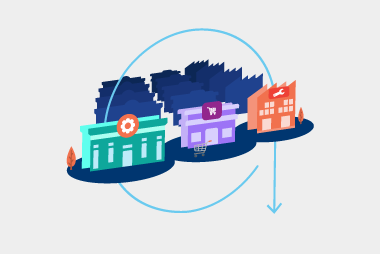
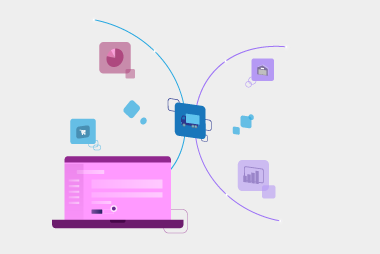
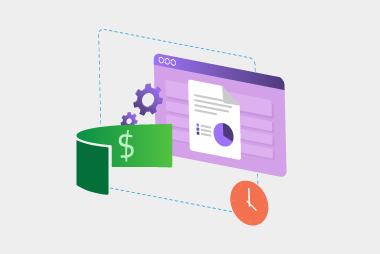
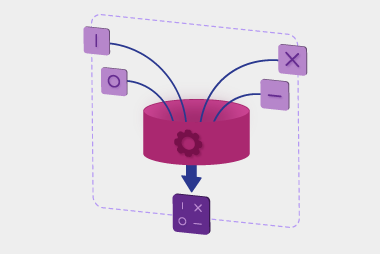

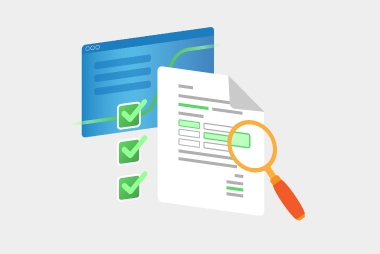
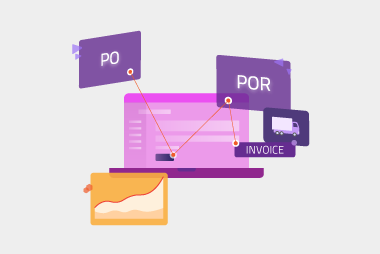
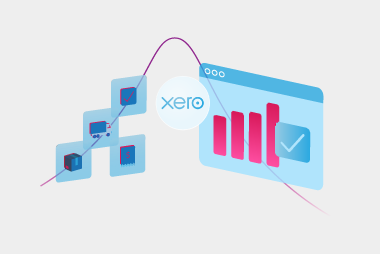
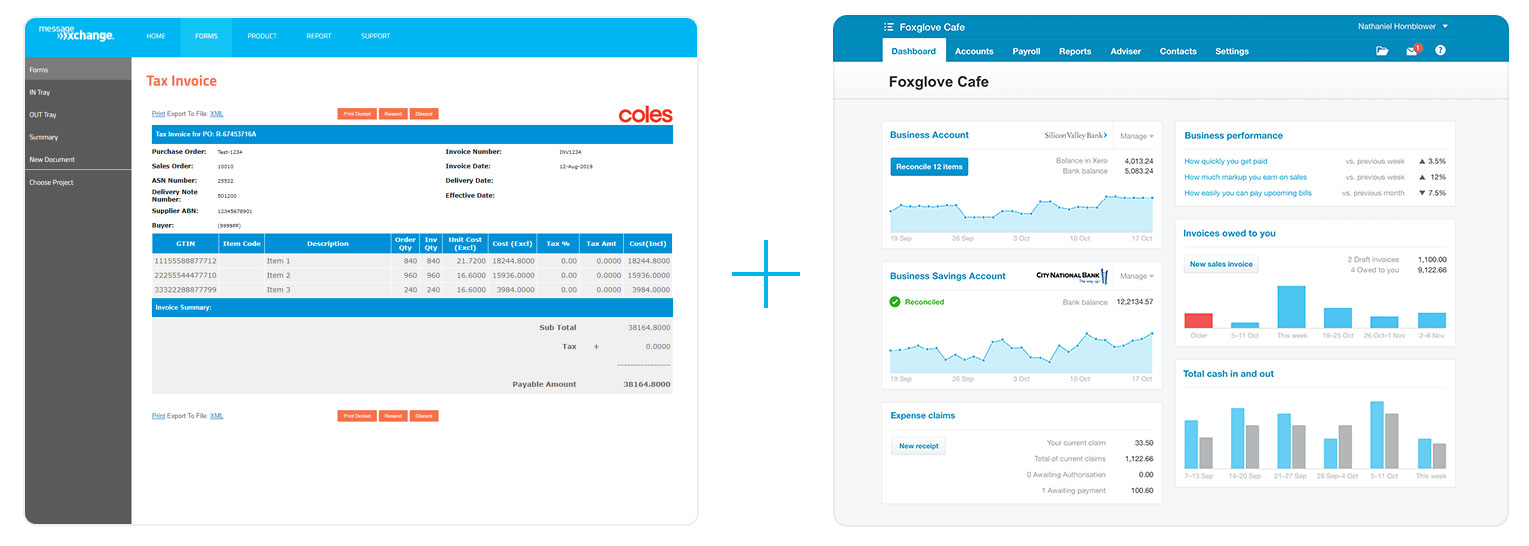 If you choose to go with our FormXchange product, you can even automate the process one step further. By turning on the integration between FormXchange and Xero, you can sync the invoices you enter in the EDI portal (FormXchange) directly to Xero, so your invoices are always up-to-date in your accounting software.
That means whenever you send an invoice to your customer on FormXchange, a copy will go to them, as well as to your Xero account. It’s that simple.
If you choose to go with our FormXchange product, you can even automate the process one step further. By turning on the integration between FormXchange and Xero, you can sync the invoices you enter in the EDI portal (FormXchange) directly to Xero, so your invoices are always up-to-date in your accounting software.
That means whenever you send an invoice to your customer on FormXchange, a copy will go to them, as well as to your Xero account. It’s that simple.
